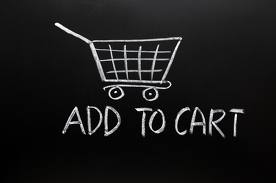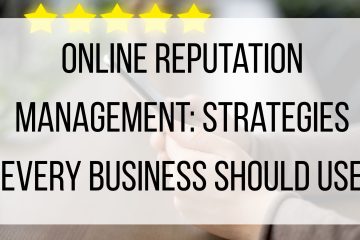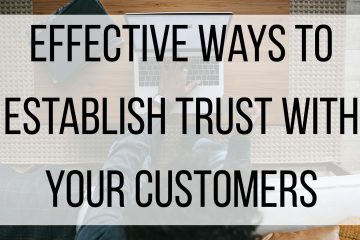How to effectively implement an up-selling or cross-selling strategy
As the E-commerce Industry continues to grow and online selling becomes more popular, particular techniques to increase profits such as up-selling and cross-selling are becoming essential strategies. These techniques can increase profit quickly and a good strategy can continue to help the business flourish. Some companies succeed with these techniques and become very profitable, but others fall short. Today, we will discuss the techniques of up-selling and cross-selling and how to use them to your advantage.
First, let’s define these terms in the E-commerce Industry, and note the differences between the two. Up-selling is convincing or persuading someone into purchasing additional products or a higher priced product than the product they are about to purchase. A common example of this is at a fast food restaurant, when you upgrade to a large combo or when you add a dessert for .99¢ with a meal. The price increases and you receive more fries and a larger drink or you receive a discounted dessert as a bundled option. Cross-selling is convincing or persuading someone to buy other unrelated products typically from another company. Amazon was a first-mover in effectively using up-selling and cross-selling techniques. Whenever you use their services, you are always given suggestions for like products, products based on your history, or products that go well together from other sellers. They promote other people’s products in order to increase sales. It has been proven that up-selling is a much more effective method to increase profit, but both techniques should be used to test which works best for you.
Cross-selling and up-selling are similar in that they both offer customers more value than what they would have received if they had only bought the initial product they searched for. They both provide additional benefits for not only the consumers but the sellers as well. There are a few things to keep in mind when using these techniques in order to be successful. When implementing a strategy, you need to keep the consumer in mind. The object is to make their visit more valuable, not just push products on them. Customers like suggested products that make sense. For example, you are buying an online video game that involves zombies. It would be best to suggest other video games that are similar to a zombie video game instead of a video game for a young child. A consumer would appreciate that because it makes sense and enhances their experience. However, if you continue to recommend products that have no relation to what they are buying, it may just annoy them. Another obvious benefit is an increase in profits. You do not want to focus on pushing a large amount of additional products on a customer at one time because you may annoy them to the point where they will not return to you site. You want to focus on making them a recurring customer by enhancing their experience. Lastly, it can increase your conversion rates by exposing them to another product that may be more appropriate for them to purchase. If you are interested in making your own dress and you begin to search online for sewing patterns, you may land on one that seems to be what you want, but when you get to your cart and see another suggestion that is exactly what you are looking for, you buy it instantly! Without the suggestion, the customer may be unsure of their selection and decide to look on other sites.
>Now that we have discussed how to be effective in your up-selling and cross-selling strategies, let’s discuss some best practices to use when initially implementing these techniques. Remember to keep the consumer’s wants in mind when structuring which type of products and the number of products that will be shown to the customer. You will also want to build credibility by having customer reviews and recommendations easily accessible when viewing the product. Having recommendations from actual customers goes a long way to build credibility and trust for those items. Location of suggestions and timing in the buying process are key things to consider when implementing these techniques. It needs to be easily noticed, easy to add the item to the cart, and it needs to appear at the appropriate time in the buying process. This can vary from company to company or product to product, so you need to test with multiple scenarios to see which location is the most effective for your customer base. The last best practice is to offer a discount on bundled items. This is most effective at checkout. Allow the customer to add a related product to their cart at a discounted price.
Try putting yourself in the customers shoes and think about what builds value in a visit, and you will be more successful than if you are simply pushing your products. There are many ways to implement cross- and up-selling strategies and you may need to do a little experimentation to find the perfect balance for your business, as a part of your overall Marketing strategy.



